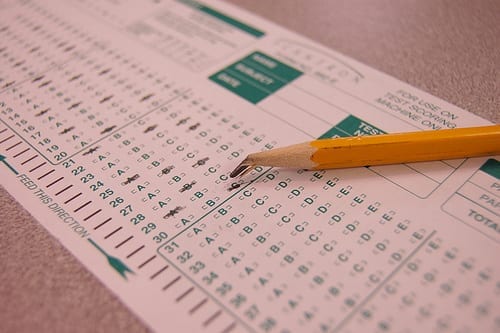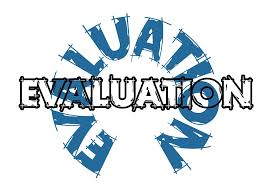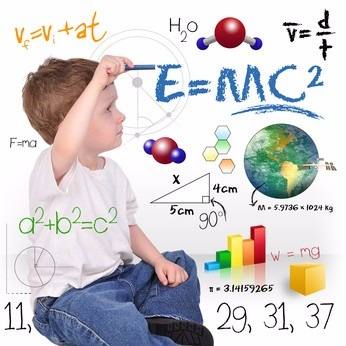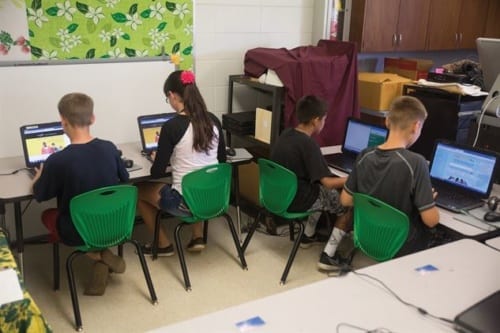An Opportunity to Show What You Know
by Kathy Dyer
 As I read the first sentence in an Ed Week article, I had to shake my head. “Assessments may change in many ways, but for most students, the stress of having to prove what they know and can do doesn’t go away.” Let me tell you a story about a teacher who transformed her students’ thinking about assessment.
As I read the first sentence in an Ed Week article, I had to shake my head. “Assessments may change in many ways, but for most students, the stress of having to prove what they know and can do doesn’t go away.” Let me tell you a story about a teacher who transformed her students’ thinking about assessment.
Kathie Morgan taught third grade at the time. Two months into the school year, Nancy, her teammate across the hall, noticed that any time the word “test,” “quiz” or “assessment” came up or was posted on the board, Kathie’s students got excited. Nancy asked Kathie, “Why all the excitement about these words?” Kathie directed her to talk with the students. After chatting with a dozen kids, Nancy summed up what she heard them say: “’Test’ is an opportunity to show what I know, figure out what I don’t know and make a plan with Ms. Morgan to get what I need to know.”
How did Kathie get her students there? As Ms. Sparks says in her article, districts are looking for ways to change how students respond to tests. In Kathie’s case, the integration of formative instructional practices and developing assessment literacy in her students were key elements in this transformation. For me, this was a bit of a mental dance. The partners I ended up with in my mind were growth mindset and assessment literacy. Let me explain.
 What makes something an opportunity for us? We might think of opportunity as an “opening” or a “break” — “a chance” to do something we want or need to do. Through assessment, teachers provide an opportunity to figure out where a student is, individually, in their learning. As students learn more, they grow. As students are given a chance to try again — show or demonstrate more — pieces of success get scattered along the learning path — assessments provide students opportunities to “show what you know.”
What makes something an opportunity for us? We might think of opportunity as an “opening” or a “break” — “a chance” to do something we want or need to do. Through assessment, teachers provide an opportunity to figure out where a student is, individually, in their learning. As students learn more, they grow. As students are given a chance to try again — show or demonstrate more — pieces of success get scattered along the learning path — assessments provide students opportunities to “show what you know.”
When teachers provide effective feedback as a result of these assessment opportunities, they actually help students figure out the “what I know and what I don’t know” portions of the path. Let’s pause here for a moment to make sure we are on the same page when we talk about feedback from assessment that moves learning forward. The feedback:
- is focused on the learning targets and success criteria
- is timely for the student, for the task and for allowing the learner to use the feedback; it occurs during the learning
- is accurate
- is appropriate to the learner in form and in word choice and developmentally
- doesn’t do the thinking for the learner
- engages learners in the process and encourages growth in the learner
 Some educators express student concerns about the possibility of failure when it comes to assessment. Other educators counter those concerns by building a culture of learning that views assessment as a support for learning with structures and strategies built into the classroom culture to cultivate and build a growth mindset. Teachers do this in a variety of ways focused on five key elements of a culture of learning:
Some educators express student concerns about the possibility of failure when it comes to assessment. Other educators counter those concerns by building a culture of learning that views assessment as a support for learning with structures and strategies built into the classroom culture to cultivate and build a growth mindset. Teachers do this in a variety of ways focused on five key elements of a culture of learning:
- Trust: Trust in the classroom between teachers and learners is the foundation that holds all the elements together. Without a strong foundation of trust, you will not be able to put all the other practices in place, and students won’t invest effort, share freely and support one another.
- Mindset: I heard a seventh grader say, “Smart isn’t what you are; it’s what you get with hard work and effort.” Using assessment and the resulting feedback are ways to help students figure out where they are as learners and support ideas about growth mindset.
- Engagement: Engagement is about ensuring that students have choice, not just about what and how they learn, but with whom and how they are assessed. Have you ever co-created a rubric or success criteria with students? Learners need multiple opportunities to collaborate, which may involve assessment, such as opportunities for peer review or peer feedback. Challenge also plays a role in helping both students and teachers determine what students are ready to learn.
- Structures: What do you need to put in place to make trust, mindset and engagement happen? Strategies, processes and tools support the ideas of providing students opportunities to show what they know. Structures help students build skills needed to respond in a calm and focused manner when placed in situations that may cause stress, like an assessment. By providing various strategies for students to use and helping students find strategies that work for them, teachers build metacognition and growth mindset. If learners see and believe that the effective use of the strategy relates to improvement more than to luck (ability and growth mindset), they’ll be more likely to use the strategy.
- Practice: Providing regular opportunities to practice with authentic activities means everything learners do is helping them prepare for an assessment. Malcolm Gladwell told us that effective practice is deliberate and focused and that it occurs regularly and has a reflective component. (Consider the assessment reflection strategy below.)
 As teachers put supports in place that help students be aware of where they are versus where they want or need to be, these supports become part of the culture of learning in a classroom. And engaging learners in the process of planning out how they will get where they need or want to be – becomes part of the opportunity.
As teachers put supports in place that help students be aware of where they are versus where they want or need to be, these supports become part of the culture of learning in a classroom. And engaging learners in the process of planning out how they will get where they need or want to be – becomes part of the opportunity.
One strategy that helps build a growth mindset and metacognition at the same time is the use of a post-assessment reflection, completed in two parts: first by students individually and then shared in a small group. After an assessment, the teacher provides a list of questions so learners can reflect on their assessment experience. During group discussion, the teacher collects new information to support students to better prepare for and engage in future assessments and to use the results as more of a support for learning. The teacher might consider these or similar questions:
- How engaged were you with this assessment? Why?
- What did you feel most confident about? Why?
- What did you do that led to your success or confidence?
- What was the most difficult part of this assessment? Why?
- What would you do differently next time?
- What was most confusing? Why?
- What do you know about the topic that the assessment didn’t allow you to show or demonstrate?
 Engaging students in active thinking about assessment as a support for learning and their individual role in the process supports the development of a growth mindset and metacognitive skills, building both self-efficacy and self-regulation in students. This specific assessment reflection strategy gives the teacher information about student understanding of assessment and students’ role in preparing for, engaging in and using the results to support their learning process. This strategy lets learners clarify and build their ideas of success and struggle, which helps promote stronger engagement with future assessment.
Engaging students in active thinking about assessment as a support for learning and their individual role in the process supports the development of a growth mindset and metacognitive skills, building both self-efficacy and self-regulation in students. This specific assessment reflection strategy gives the teacher information about student understanding of assessment and students’ role in preparing for, engaging in and using the results to support their learning process. This strategy lets learners clarify and build their ideas of success and struggle, which helps promote stronger engagement with future assessment.
The idea about developing a culture of learning where the role of assessment as a support for learning rather than measurement reign is transformative. The use of formative instructional practices supports teaching skills to help students prepare for assessment—the opportunity to show what they know. When teachers and students collaborate to figure out what learners know and don’t know, opportunity exists on both sides. Making the plan about what to do next is a collaboration in growth.
Author Kathy Dyer is a senior professional development specialist for NWEA, where she designs and develops learning opportunities for partners and internal staff. Follow her on Twitter.
Further Reading
- Herald Bulletin – Test a four-letter word? Not if it’s formative assessment
- EdWeek – This Isn’t Your Mom’s Parent-Teacher Conference
- AL.com – Alabama schools superintendent finds replacement for ACT Aspire testing
